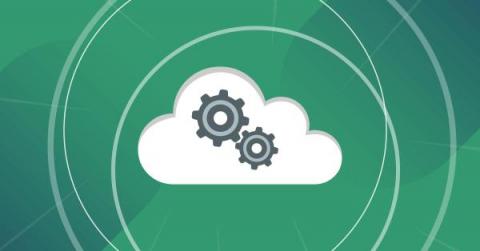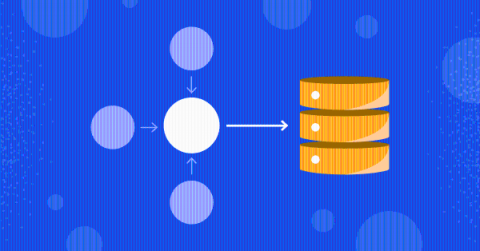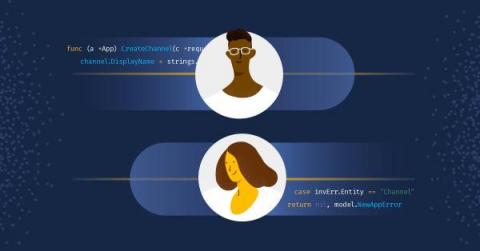Optimizing Database Connection Loads With PgBouncer and Testwick
The majority of engineers know that a minor misconfiguration might lead to some big troubles. Usually, we tend to forget the importance of that tense when we are configuring a new tool or a new service, as our focus is initially to make the tool functional and to evaluate if it fits our needs. Mattermost Cloud hosts thousands of workspaces which each one needs to have a different database backend, as in Mattermost we think that isolation is one very important aspect in our security guidelines.








